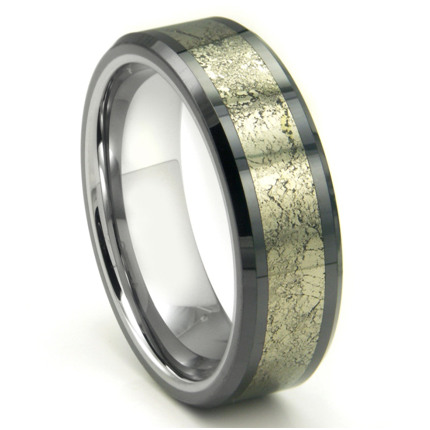In Swedish, the word tungsten means “heavy metal.” It is a dull silver-colored lustrous metal that is also referred to as Wolfram. This name is where tungsten gets its chemical symbol –W from. The element is a solid at room temperature; it has the highest melting point of all pure metals and the lowest vapor pressure. The melting point is as high as 3422°C; this makes it suitable for high temperature applications in both commercial and industrial settings. AEM provides a wide range of different tungsten products ranging from pure tungsten to tungsten carbide, tungsten copper, and tungsten silver.

tungsten products
The extraction…
Tungsten can be extracted from both wolframite and scheelite. It’s obtained commercially after the reduction of tungsten oxide with either carbon or hydrogen.
After the processing of the tungsten ore, ammonium paratungstate (APT) is produced. APT is the metal’s chemical form. It is then combined with hydrogen and then heated to give tungsten oxide. The chemical form can also be combined with carbon and heated at very high temperatures to give tungsten oxide.
Most of the metal that is in supply around the world, about 30 percent, is from recycling. It’s also worth noting that China is the largest producer of tungsten globally (produces over 80 percent).
Its Properties…
Tungsten’s atomic number is 74 while it has an atomic weight of 183.85. The metal has a high degree of mechanical ductility and a high density of 19.24g/cc. Its high density enables it to absorb radioactive radiation. Tungsten also has excellent corrosion resistance and is only attacked slightly by most mineral acids.
Other tungsten properties are:
- Resistant to corrosion
- Boiling point: 5555°C
- Moh’s Hardness (this refers to the ability of one material to scratch another): 7.5
Pure tungsten can be extruded, spun, and forged easily. However, in its impure form, it can get quite brittle
It’s widely used as an additive to reinforce other metal’s physical properties. Such metals include steel, nickel, iron, and copper.

tungsten products
Tungsten Carbide
You get Tungsten Carbide (WC) after bonding a single tungsten atom with one carbon atom. Alternatively, you can bond two tungsten atoms to one carbon atom to get a compound whose chemical symbol is W2C.
The bonding occurs when you heat tungsten powder in the presence of hydrogen gas. The conditions necessary for this to happen is a temperature of about 1500°C. Tungsten Carbide has Moh’s hardness of 9.5 which is just slightly lower than that of diamond. This means that the compound has to be sintered for products to be made out of it.
Cemented Carbide is produced by combining tungsten carbide with cobalt powder and is mainly used to produce manufacture wear-resistant tools like those that are used in the mining industry.
Tungsten Alloys
An alloy is formed when a metal is mixed with others in order to increase the resistance to corrosion and the overall strength.
Tungsten alloys that contain steel are used making tools such as saw blades. Since these alloys have high heat resistant properties, they are also used to make engine nozzles
Tungsten alloys can also be made by combining tungsten with chromium, cobalt, nickel, and iron.
Primary Uses

tungsten products
For the longest time, tungsten has been in use as the filament in incandescent light bulbs. Now it’s also used in floodlights thanks to its ability to maintain its shape at high temperatures. Other applications include:
- Heating elements in electrical furnaces
- Welding equipment
- X-ray and Cathode Ray Tubes
- Microwaves
- Electrical contact points and wires
- Missiles
- Since the thermal expansion is similar to that of glass, tungsten is used in glass-to-metal seals.
